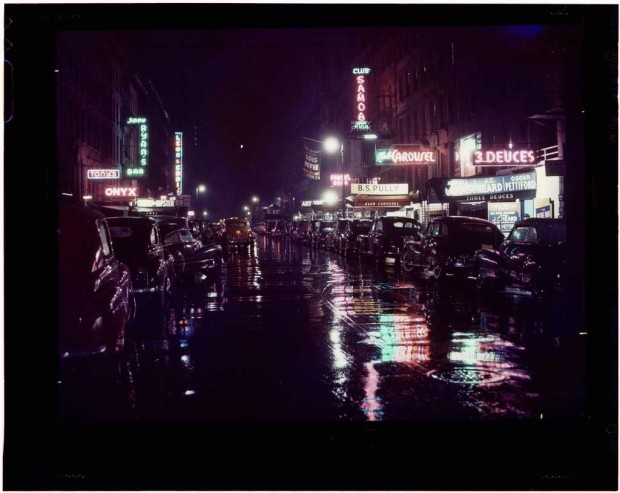An iconographic and text archive related to communication, technology and art.
Fools lament the decay of criticism [Verfall der Kritik]. For its day is long past. Criticism is a matter of correct distancing. It was at home in a world where perspectives and prospects counted and where it was possible to take a standpoint. Now things press too closely on human society. The “unclouded,” “innocent” eye has become a lie, perhaps the whole naïve mode of expression is sheer incompetence. Today the most real, the mercantile gaze into the heart of things is the advertisement. It abolishes the space where contemplation moved and all but hits us between the eyes with things as a car, growing in gigantic proportions, careens at us out of a film screen. And just as the film does not present furniture and facades in completed forms for critical inspection, their insistent, jerky nearness alone being sensational, the genuine advertisement hurtles things at us with the tempo of a good film… For the man in the street, however, it is money that affects him in this way, brings him into perceived contact with things. And the paid critic, manipulating paintings in the dealer’s exhibition room, knows more if not better things about them than the art lover… The warmth of the subject is communicated to him, stirs sentient springs. What, in the end, makes advertisements so superior to criticism? Not what the moving red neon sign says — but the fiery pool reflecting in the asphalt.
☛ “This Space for Rent” by Walter Benjamin, in One-Way Street, reproduced in Walter Benjamin: Selected Writings, Volume 1: 1913-1926, tr. Harcourt Brace Jovanovich, Cambridge: Harvard University Press, 1996, p. 476.
This short text was originally published as “Diese flächen sind zu vermieten” in Einbahnstrass (Berlin: Ernst Rowholt Verlag, 1928, p. 63). It was re-edited in 1955 in the Gesammelte Schriften (Suhrkamp Verlag).
A selection of the texts included in Einbahnstrass was first translated to English by Harcourt Brave Jovanovich under the title One-Way Street. This translation was included in a collection of texts titled Reflections first published in 1978 by Jovanovich himself, and re-edited in 1986 by Schocken Books (p. 85; Amazon). The same translation also appeared in another collection titled One-Way Street and Other Writings first published in 1979 (London: NLB, p. 89), and re-edited by Verso Books (1997; Amazon).
A new translation was produced in 2009 by Penguin Classics (tr. by J.A. Underwood, p. 97; Amazon.co.uk).

- By Philippe Theophanidis
- on
- ― Published in Communication
- Tagged: advertisement, advertising, Benjamin, capitalism, criticism, critique, distance, facades, film, present, space, spectacle
